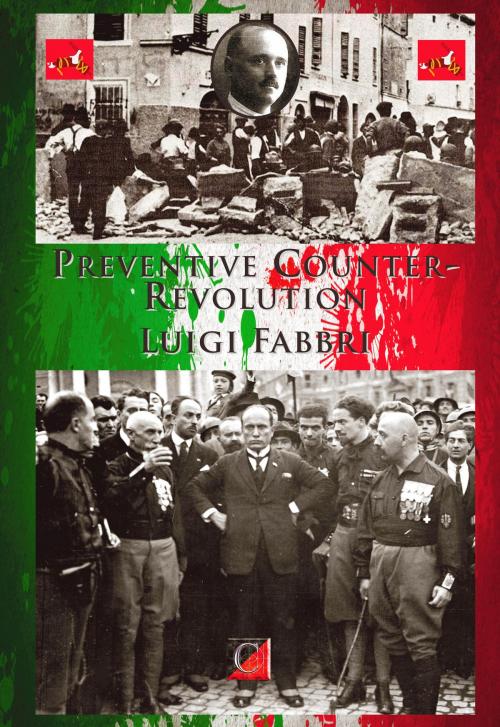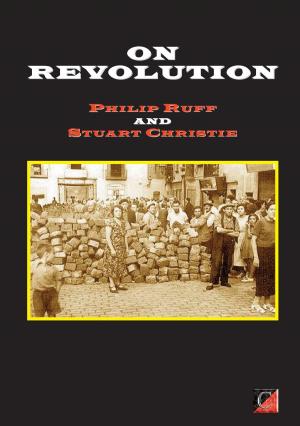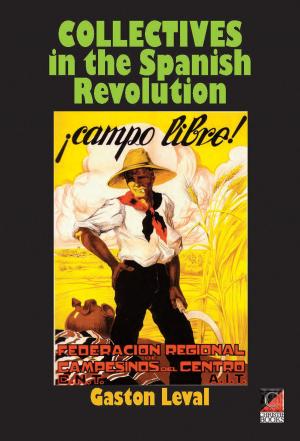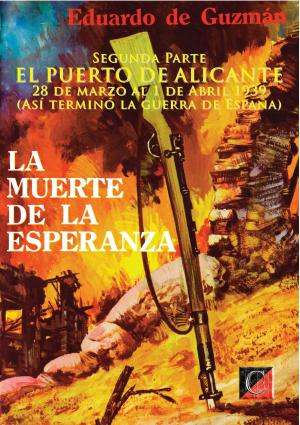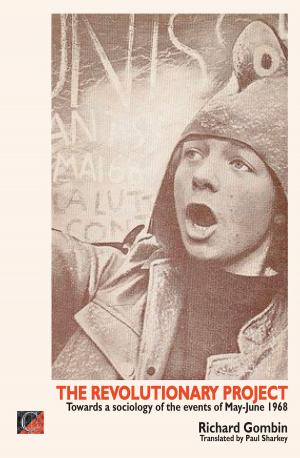| Author: | Luigi Fabbri, Paul Sharkey | ISBN: | 1230000731942 |
| Publisher: | ChristieBooks | Publication: | October 20, 2015 |
| Imprint: | ChristieBooks | Language: | English |
| Author: | Luigi Fabbri, Paul Sharkey |
| ISBN: | 1230000731942 |
| Publisher: | ChristieBooks |
| Publication: | October 20, 2015 |
| Imprint: | ChristieBooks |
| Language: | English |
Published in 1922 at the peak of the brutal fascist squadristi targeting of the revolutionary agricultural and industrial workers, Luigi Fabbri’s ‘Preventive Counter-revolution’ is one of his most incisive and inspirational essays. The post-war elections had given an exaggerated and disproportionate view of the strength of the Italian left; with trams flying the red flag through the major cities, the striking workforce seemed poised to bring the system grinding to a halt. It was time to act, before the reaction could orchestrate any countervailing measures. As Fabbri pointed out: “But the revolution did not come, only popular rallies, lots of rallies, demonstrations, and countless choreographed marches and parades … The euphoria lasted too long almost two years; and the others, those who felt, everyday, they were under threat of being toppled from their thrones and stripped of their privileges began to wake up to the situation and appreciate their strength and the weakness of their enemies.” They funded and armed the fascist blackshirts — the Milizia Volontaria per la Sicurezza Nazionale (MVSN, "Voluntary Militia for National Security")— to mount a counter-revolution to pre-empt the revolution, a preventative counter-revolution which fastened upon society even though the revolution never happened. This was Fabbri’s interpretation of the fascist phenomenon, called into existence as the armed wing of the landlords and capitalists, the subsequent evolution of which defies explanation unless we recognise a chastening series of errors, shortcomings, ingeniousness and weakness on the part of the left…
Published in 1922 at the peak of the brutal fascist squadristi targeting of the revolutionary agricultural and industrial workers, Luigi Fabbri’s ‘Preventive Counter-revolution’ is one of his most incisive and inspirational essays. The post-war elections had given an exaggerated and disproportionate view of the strength of the Italian left; with trams flying the red flag through the major cities, the striking workforce seemed poised to bring the system grinding to a halt. It was time to act, before the reaction could orchestrate any countervailing measures. As Fabbri pointed out: “But the revolution did not come, only popular rallies, lots of rallies, demonstrations, and countless choreographed marches and parades … The euphoria lasted too long almost two years; and the others, those who felt, everyday, they were under threat of being toppled from their thrones and stripped of their privileges began to wake up to the situation and appreciate their strength and the weakness of their enemies.” They funded and armed the fascist blackshirts — the Milizia Volontaria per la Sicurezza Nazionale (MVSN, "Voluntary Militia for National Security")— to mount a counter-revolution to pre-empt the revolution, a preventative counter-revolution which fastened upon society even though the revolution never happened. This was Fabbri’s interpretation of the fascist phenomenon, called into existence as the armed wing of the landlords and capitalists, the subsequent evolution of which defies explanation unless we recognise a chastening series of errors, shortcomings, ingeniousness and weakness on the part of the left…
